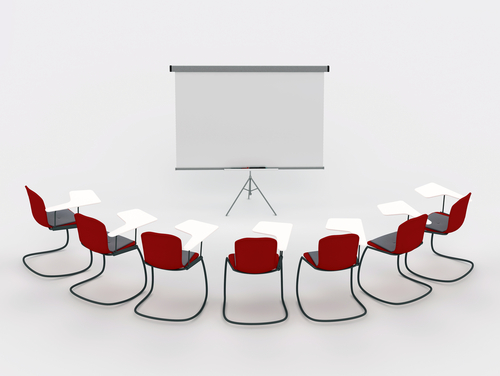In yesterday’s Advisor, we discussed when short training sessions may be most effective—and got one variation on a Five P Plan to provide toolbox talks on key safety topics. Today, we get another take on toolbox talks with a variation on the Five P Plan.
 |
Brief toolbox talks can be plugged into busy production schedules to relay new safety precautions or reinforce the safety message. When giving such a talk before a shift begins, for example, you can present the information yourself, but make sure trainees are involved. Ask questions to see whether they understand, and encourage their own questions.
In addition, “show and tell” is a perfect method for a toolbox talk. Conduct these training sessions where the job is done, whenever possible, and use the actual tools and machines to demonstrate safety instructions. Ask trainees to practice instructions as you teach them.
Remember that going brief is always harder than going long, so you need to make sure you prepare adequately, even for toolbox talks.
Think you have no time to train? Think again. BLR’s 7-Minute Safety Trainer helps you fulfill key OSHA-required training tasks in as little as 7 minutes. Try it at no cost and see!
One technique, called the Five P Plan, offers the following advice:
1. Prepare: Think; write, read, listen, organize, and practice your talks. Review your own knowledge of the subject, perhaps reading appropriate Occupational Safety and Health Administration (OSHA) regulations, reviewing the results of incident investigations, or consulting with safety committee members and fellow supervisors.
2. Pinpoint: Focus on one main practice or process, whether it’s a new OSHA requirement, a new piece of equipment, or a refresher point after a near-miss or actual accident.
3. Personalize: Refer to your own operations and site. The more you can tailor the material to your own workplace, the more effectively it will resonate with trainees.
4. Picturize: Use physical objects and visual aids. Make sure everyone in the group can see and hear you as you—or a volunteer—demonstrate with the physical object or visual aid. Personal protective equipment training is a good candidate for picturizing.
5. Prescribe: State precisely what should and should not be done to keep trainees and coworkers safe. Consider a one-sheet or even postcard-sized handout that trainees can post near their worksite to reinforce the safety steps you’ve taught.
At the end of the session, ask each trainee to sign an attendance form, including topic and date, which you will complete and forward as called for in your company’s procedure. Make a notation on the form of any valuable suggestions or comments made during the meeting. These records can be important to provide OSHA with evidence that required information was delivered to employees. They may also be useful to see whether an employee being transferred or promoted needs additional training.
Effective 7-minute sessions provide comprehensive safety training at an average cost of $1 a day. Get the details.
Finally, make it a point to check out your crew in the following week to see if they’re practicing what you preached!
